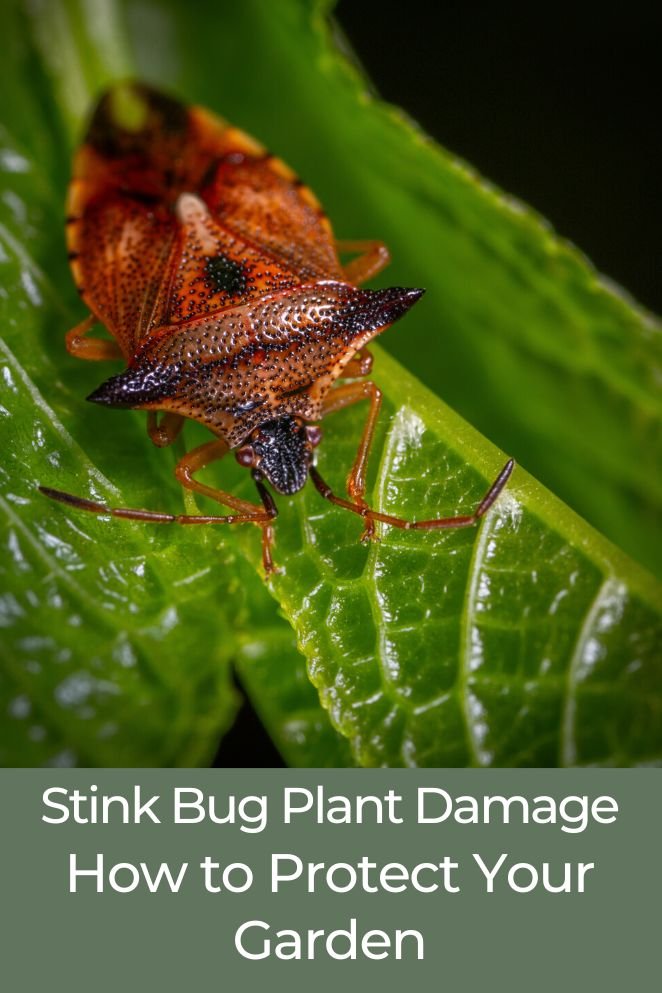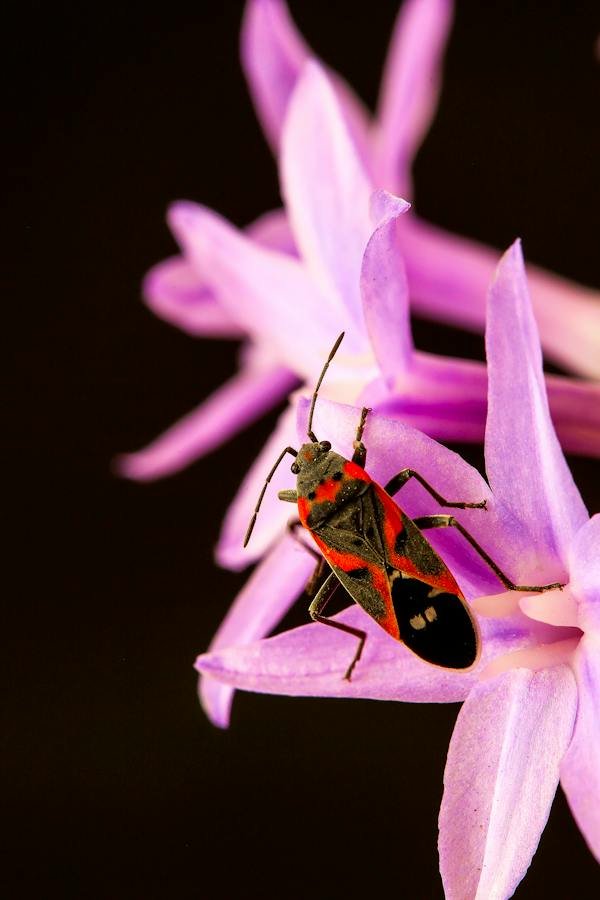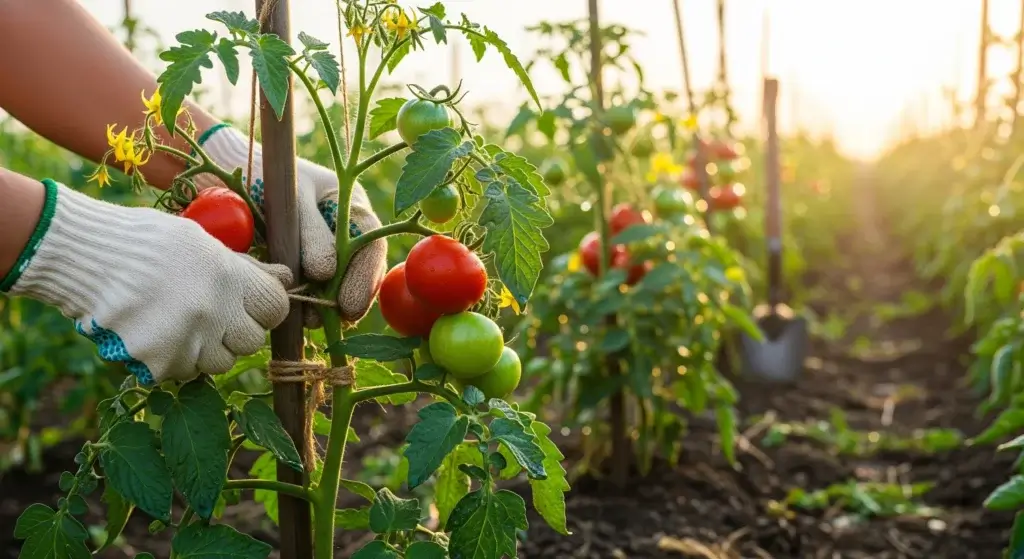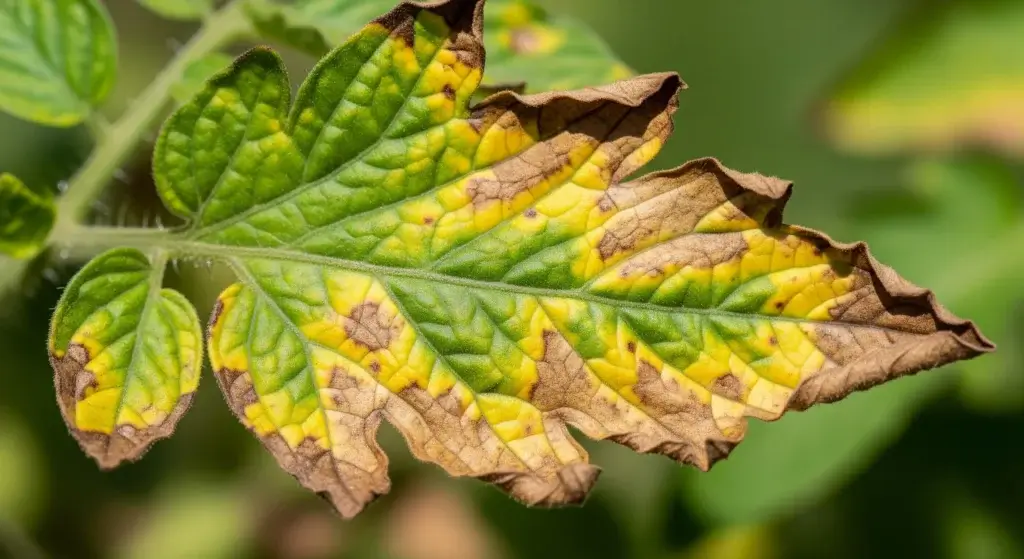
Stink bugs are notorious agricultural pests that can cause significant damage to crops, ornamental plants, and even homes.
The brown marmorated stink bug (Halyomorpha halys) is a particularly destructive species that feeds on a wide range of plants, including fruits, vegetables, and ornamental plants.
In this blog post, we will explore the signs of stink bug damage on plants, the impact of stink bugs on agriculture and the environment, and some strategies for managing stink bug infestations.
What Damage Do Stink Bugs Do?
Fruit damage
Stink bugs cause visible damage to fruits, leaving pits and scars that compromise their appearance and quality.
Fruits and vegetables may develop a mealy texture as a result of stink bug feeding, further diminishing their market value and desirability.
- Read also: Cabbage Aphid Control: Effective Strategies for a Healthy Garden
- Read also: A Guide to Aphid Control on Your Roses
Leaf destruction
Stink bugs contribute to the destruction of leaves, leading to defoliation that weakens the plant’s overall health and vitality.
Spread of diseases
The damage inflicted by stink bugs creates opportunities for diseases to take hold and spread, necessitating additional disease management strategies.
Increased pest presence
Stink bug damage attracts other pests, exacerbating the overall threat to crops and ornamental plants.
Ornamental plant impact
In ornamental plants, stink bugs create irregularly shaped holes and cause discoloration on leaves.
Flowers and ornamental fruit suffer damage, diminishing the visual appeal of landscaping and horticultural displays.

Signs of Stink Bug Damage on Plants
Stink bugs leave distinct indicators of their presence and damage on plants, including:
- Pitting and scarring of the fruit: Stink bugs cause noticeable pits and scars on fruits, compromising their appearance and quality.
- Destruction of leaves: The feeding habits of stink bugs lead to the destruction of leaves, resulting in defoliation and weakening the overall health of the plant.
- Mealy texture to fruits and vegetables: Stink bug feeding can impart a mealy texture to fruits and vegetables, affecting their market value and desirability.
- Irregularly shaped holes and discoloration on leaves: Stink bugs create irregularly shaped holes in leaves, along with causing noticeable discoloration, indicating their activity.
- Damage to flowers and ornamental fruit: Flowers and ornamental fruit may exhibit visible damage, diminishing the aesthetic appeal of landscaping and ornamental displays.
These signs of stink bug damage can be visible on the plants themselves or may require closer inspection to identify.
How Do You Kill Stink Bugs?
Dealing with stink bug infestations requires a multifaceted approach, incorporating cultural, physical, and chemical control methods.
Understanding and implementing these strategies is essential for effective pest management while minimizing potential environmental impacts.
Cultural control methods
- Crop rotation: Regularly changing the location of crops disrupts the breeding and feeding patterns of stink bugs, reducing their impact on plants.
- Trap crops: Planting specific crops that are attractive to stink bugs but not essential to the main crop can divert their attention away from valuable plants.
- Soil health maintenance: Ensuring optimal soil conditions, including proper nutrition and moisture levels, helps create an environment less conducive to stink bug infestations.
Physical control methods
- Sticky traps: Placing sticky traps around plants can capture stink bugs, helping to reduce their population.
- Vacuuming: Gently vacuuming stink bugs from plants can be an effective and non-chemical method of control.
- Handpicking: Regularly inspecting plants and manually removing stink bugs helps prevent further damage.
Chemical control methods
- Insecticides: Selective and targeted use of insecticides can be effective in controlling stink bugs. However, it is crucial to follow label instructions meticulously to prevent harm to non-target species and minimize environmental impact.
- Considerate application: Apply insecticides during the early stages of infestation or as a preventive measure, using recommended doses to avoid overuse and the development of resistance.

Can Stink Bugs Survive?
Stink bugs are known to survive in a variety of environments, including homes and outdoor spaces.
To prevent stink bugs from entering your home, it’s essential to seal cracks and crevices around windows, pipes, doors, sliding, behind the chimney, and openings around utility boxes using caulk or foam sealant.
Damaged doors and windows should be replaced, and then insulated using weather-stripping foam tape. Place screens over vents and crawl spaces to further prevent stink bugs from entering your home.
- Read also: Effective Aphid Control Strategies for Indoor Plants
- Read also: A Guide to Organic Whitefly Control
Conclusion
Stink bugs can cause significant damage to crops, ornamental plants, and homes, and their impact on agriculture and the environment can be far-reaching.
By understanding the signs of stink bug damage on plants and implementing effective management strategies, you can help protect your plants and reduce the impact of stink bugs on the environment.
Whether through cultural, physical, or chemical control methods, it’s essential to take a proactive approach to stink bug infestations to minimize their impact and promote healthy plant growth.



